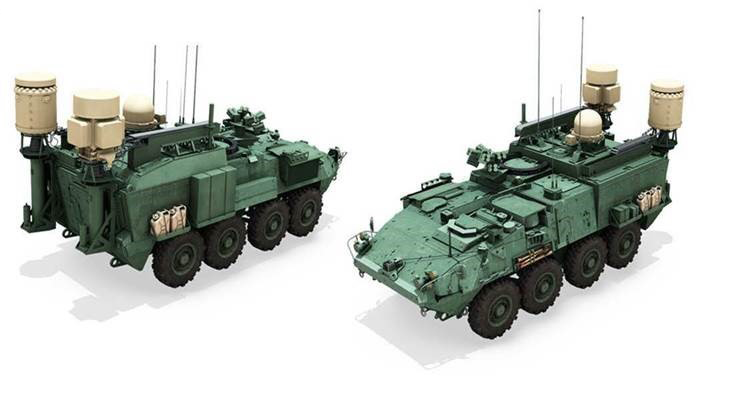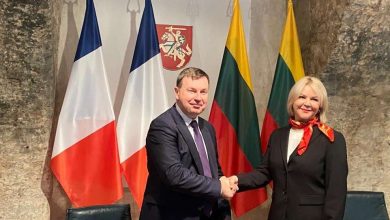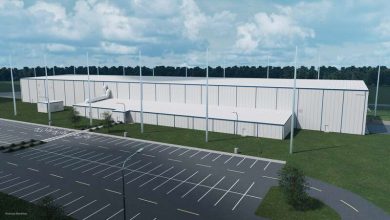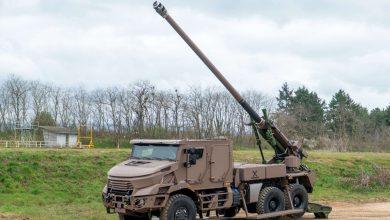
US Army Partners with LM to Propel Terrestrial Layer System Forward for Tactical Vehicle Advancements
The U.S. Army, via the Consortium Management Group (CMG)/ Consortium for Command, Control and Communications in Cyberspace (C5), has granted Lockheed Martin [NYSE:LMT] a Project Agreement to advance the development of the Terrestrial Layer System (TLS) program, which aims to deliver essential situational awareness functionalities to the U.S. Army.
In today’s intricate digital landscape, the U.S. military necessitates a Joint All-Domain Operations-ready force to effectively counter near-peer competitors. This is illustrated by the Department of Defense’s latest strategies to implement its Electromagnetic Spectrum (EMS) Superiority Strategy, whereby each military branch must possess the capability to engage and triumph in the EMS.
The U.S. Army asserts that TLS will be instrumental in fulfilling the service’s vision of the Army of 2028. Specifically designed for tactical vehicles, TLS will provide an integrated collection of signals intelligence (SIGINT), electronic warfare, and cyberspace operations functionalities to empower a Joint All Domain Operational (JADO) capable force.
“On the battlefield, events unfold dynamically, and warfare tools must be completely interoperable and cohesive,” stated Deon Viergutz, Lockheed Martin’s Vice President of Spectrum Convergence. “Consequently, Lockheed Martin has allocated millions into internal research and development to blend its programs, enabling our clients to collaborate efficiently using our products that function harmoniously in the field.”
Lockheed Martin has dedicated years and substantial resources to devise an open architecture for combined cyber, EW and SIGINT systems that adhere to the DoD’s C4ISR/EW Modular Open Suite of Standards (CMOSS). By leveraging CMOSS open system standards, the Army and industry can:
- swiftly innovate and implement new methodologies,
- utilize hardware and software across aerial and terrestrial platforms for superior interoperability,
- quickly integrate new hardware technologies,
- and minimize total ownership expenses.
The contract for TLS Phase 2 carries a value of $9,672,781. Over the forthcoming three months, Lockheed Martin will finalize configurations for key hardware and software components based on insights acquired during Phase 1 and soldier feedback. They will also pursue additional operational analysis and showcase further operational capabilities to the Army.
This guarantees that Lockheed Martin can promptly transition from the Phase 2 initiatives to prototype production at the commencement of the next phase, ensuring TLS can adhere to its timeline obligations.







